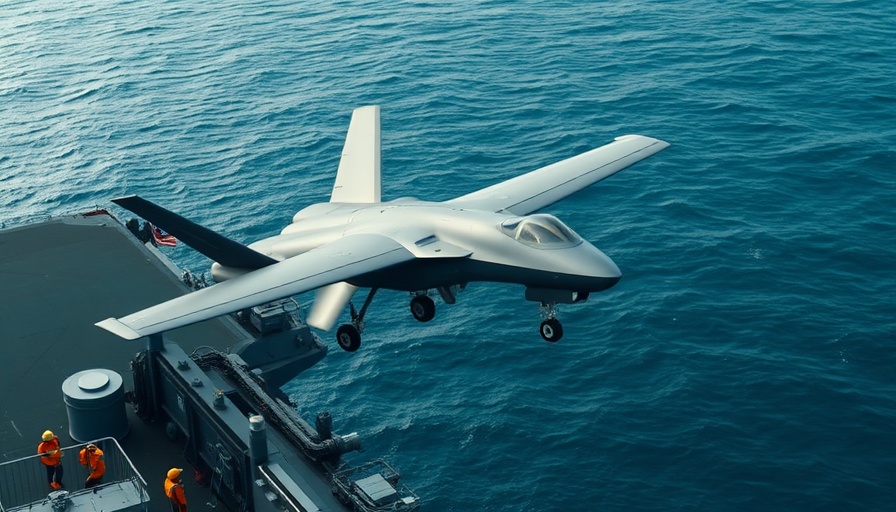
Understanding the New Hedge Strategy in Defense
The recent shift in defense spending with the introduction of a Hedge Strategy marks a significant turning point for the U.S. military. By balancing traditional defense assets with innovative commercial technologies, this strategy aims to modernize the military at a time when threats are evolving rapidly. The Hedge Strategy incorporates a 'high/low' approach—prioritizing the mixture of costly military resources alongside budget-friendly, AI-enhanced unmanned systems.
Congressional Support Fuels Defense Innovation
Significant bipartisan support in Congress has escalated funding towards organizations like the Defense Innovation Unit (DIU), which aims to foster the integration of commercial capabilities into defense systems. The DIU's budget has surged to $2 billion for FY26, reflecting the urgent need for adaptable technologies that can counteract modern warfare tactics. This funding boost highlights a growing acknowledgment that traditional military solutions alone are insufficient against asymmetric threats.
Cost-Effective Technology in Modern Warfare
As conflicts evolve, particularly the Ukraine war showcasing low-cost drone strategies, military responses need to adapt. The U.S. Army’s current systems must pivot from expensive defensive measures to innovative and cost-effective solutions. Utilizing smaller, attritable unmanned systems not only conserves resources but also enhances tactical situational awareness and the speed of decision-making through real-time data integration.
The Future of Military Modernization
The implications of the Hedge Strategy extend beyond immediate defense needs—this approach opens avenues for continuous innovation within military technology. By integrating civilian tech advancements, the armed forces can maintain a competitive edge. As the defense landscape evolves, a greater focus on emerging technologies will be essential for successful military operations.
This strategy is not just about maintaining pace with threats; it symbolizes a profound change in how the U.S. approaches national security, embracing versatility and sustainability in its arsenal.
 Add Row
Add Row  Add
Add 




Write A Comment